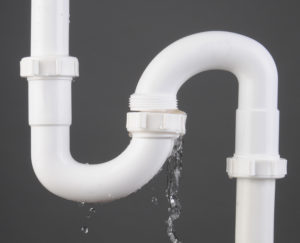 As a homeowner, water can be the bane of your existence. You need water to do laundry, bathe, and wash dishes — but the minute water enters your home uninvited, you are in trouble.
As a homeowner, water can be the bane of your existence. You need water to do laundry, bathe, and wash dishes — but the minute water enters your home uninvited, you are in trouble.
For a newbie, plumbing can seem quite overwhelming. But don’t be afraid — with these quick plumbing DIY tips, you’ll be able to fix any plumbing issue that comes your way.
Have an emergency kit
First things first, you need to be prepared! Here are some easy to find items that need to be in every plumber’s emergency kit.
- Wrenches of all shapes and sizes. At the very least, include a medium-sized slip joint wrench and an adjustable wrench to cover the majority of different jobs.
- A bucket. You never know when a job will spring a leak mid-fix.
- Different types of hose clamps. Stainless steel clamps are meant to attach and seal a hose onto different fittings such as a barb or nipple. There are plenty of different types of hose clamps to choose from depending on your projects including worm gear clamps, spring clamps, and wire clamps.
- Both a cup and a regular plunger.
- A screwdriver with multiple sized bits.
With your emergency tool kit in mind, here are some quick and simple plumbing DIY tips.
- Locate your main water shut off point in case of a leak pops up out of nowhere. This also goes for knowing how to turn off your water heater.
- To reduce the amount of stress on each pipe, use two wrenches at the same time yet turn them in opposite directions.
- When unclogging a drain, especially a sink, use two plungers. You’ll want a larger one to focus on the main clog and a smaller one to cover the opposite sink and get more force out of the larger plunger.
- Look into the isolation valves in your home. These stop water from entering a specific area, and can be helpful for larger jobs that take a few days to complete.
- Having problems loosening collar nuts on a drain? A slip joint pliers will do just the trick.
With these tips in mind, you’ll be the best plumber on the block!

